Red Planet Revolution: A Future Beyond Earth
Grade 7
Presentation
No video provided
Problem
"Mars is there, waiting to be reached." (Buzz Aldrin). Earth is facing a lot of problems, the significant ones being:
- Climate change
- Pollution (especially plastic and air)
- Deforestation
- Overpopulation
- And much more
With these perilous problems, Earth is slowly turning toxic, an unbearable thought. Overpopulation is one of the most dangerous ones, as there is nothing we can do to counter-act it. So, if Earth can't sustain living things, then we must turn to a planet, one that was once as lush and beautiful as Earth: Mars. Our neighbor, the famous Red Planet, is a potential candidate for housing humans. There are other possible planets/moons, such as Europa, Kepler-452b, Kepler-1649c, and Proxima b, to name a few. However, one problem stands out as clearly as day in these candidates; astronauts must survive a long journey to get to these planets. This is where Mars comes in. As it only takes 7-10 months to get to Mars (2-3 years for a round-trip), Mars is the clear winner when it comes to time. However, Mars poses immense challenges, including radiation, low gravity, extreme temperatures, and a thin atmosphere. My project focuses on solving these problems and making Mars colonization successful.
Method
Project Basics
I commenced my project by creating a main question (what is my project answering?), a sub-question (what is the particular aspect of the main question my project is answering?), and a hypothesis (what do I think the answer to the question is?).
I also included a short introduction to the idea of Mars colonization, the challenges of the Martian environment, and human survival.
Research
To begin my research, I read articles relevant to my project by NASA and other trustworthy sources. I checked that every site I used was reliable and cited the websites to my logbook as soon as possible.
Media (pictures)
I added pictures to my project for aesthetic appeal and information. They were chosen from reliable sources, such as NASA. While researching, I came across a page on NASA where raw images from the Mars Perseverance Rover were uploaded, unprocessed. I included some of these pictures in my project, along with the date they were captured.
Research
Radiation:
The biggest concern in space is particle radiation. Energetic particles can be dangerous to humans because they pass right through the skin, depositing energy and damaging cells and DNA. This damage can cause increased risk of cancer later in life. https://www.nasa.gov/science-research/heliophysics/real-martians-how-to-protect-astronauts-from-space-radiation-on-mars/ There are two ways to protect humans from radiation: More mass / use more efficient shielding materials. More mass: Using more material could block out harmful particles. Costly, since more mass means more fuel to take-off, and fuel is costly. Efficient shielding methods:
‘The best way to stop particle radiation is by running that energetic particle into something that’s a similar size,’ says Jonathan Pellish at NASA’s Goddard Space Flight Center (“Real Martians: How to Protect Astronauts from Space ... - SpaceNews”)
Protons and neutrons are found in the middle of an atom. Protons are positive charges, and neutrons are neutral, which means they have no charge.
Hydrogen can block both protons and neutrons, and polyethylene is high in hydrogen.
Polyethylene is a plastic commonly found in plastic water bottles and plastic bags. It is easy to produce and is cheap. But it is not strong enough to build a large structure like a spaceship, which goes through high amounts of heat and force.
NASA is working on finding materials that can block radiation, and make up the primary structure of a spaceship, and maybe, they have found the right material.
NASA has a material in development called hydrogenated boron nitride nanotubes, also known as hydrogenated BNNTs.
What are hydrogenated BNNTs?
Hydrogenated BNNTs are microscopic tubes made from nitrogen, carbon and boron. The empty spaces in the tubes are filled with hydrogen, which makes the material better at blocking radiation. It is also durable and strong, so it can be used to make structures like spacecrafts. Researchers have also made yarn out of the hydrogenated BNNTs, so it can be made into a spacesuit to protect the wearer from radiation.
Mars’ Thin Atmosphere
Mars has a very thin atmosphere, making it nearly impossible for plants to grow on its surface. For astronauts to stay on Mars, they would need to live in enclosed environments that mimic Earth’s conditions. Terraforming Mars by building factories to release greenhouse gases and warm the planet is an idea worth exploring, but it would take centuries to achieve. For now, the most practical solution is to create closed habitats where astronauts can live, and greenhouses designed to support plant growth in a controlled environment.
Extreme Temperatures
Mars has very cold temperatures, despite popular belief it is blazing hot. The average temperature is –65 degrees Celsius (-85 degrees Fahrenheit), the highest temperature is 20 degrees Celsius (70 degrees Fahrenheit), and the lowest is –153 degrees Celsius (-225 degrees Celsius). The average temperature of the Red Planet is cold enough to cause frostbite in minutes.
Food
Martian soil is dangerous for both plants and humans because it has high levels of chlorine in molecules called perchlorates. These harmful substances can kill microorganisms, so they must be eliminated before the soil can support food crops on Mars. There are some ways remove these perchlorates, like:
-
BIOREMEDIATION
-
CHEMICAL TREATMENT
But the most promising way of purifying the soil is BIOREMEDIATION. Martian water can also be purified using bioremediation and is easier to purify than the soil.
Bioremediation
Bioremediation is a way to clean up harmful chemicals in the environment using living things like bacteria and plants. Some special bacteria can eat toxic chemicals and turn them into harmless substances. The soil on Mars has dangerous chemicals like perchlorates, so scientists might use bacteria to break them down so plants can grow safely. Unfortunately, the Martian soil doesn't have any microbes, so we would have to introduce them and keep them alive, which is a challenge because of the extreme temperatures and radiation. So, we would have to purify and use the soil in an eclosed space, like a greenhouse.
Water
In 2017, NASA discovered liquid water on Mars. The water is salty and flows during warmer periods. The salt helps keep the water in a liquid state by lowering its freezing point, making it possible for water to exist in certain areas of Mars. The discovery of Mars' liquid water was made through the study of recurring slope lineae, also known as RSL. They are dark lines on Mars that appear and grow each year. These lines might be caused by either flowing water or loose materials moving down the surface. This discovery is crucial because liquid water could support life and provide resources for future Mars missions.
Frozen water is also present on Mars. According to Arizona State University, "More than 5 million cubic kilometers (1.2 million cubic miles) of ice have been identified at or near the surface of today's Mars. Melted, this is enough to cover the whole planet to a depth of 35 meters (115 feet). Even more ice is likely to be locked away in the deep subsurface." Most of the ice is present underground because the thin atmosphere lets exposed ice sublimate (solid to gas). Unfortunately, the Martian water is contaminated by toxic perchlorates.
How can we filter the water?
There is an abundance of water on Mars, but unfortunately, they're contaminated with perchlorates, just like the Martian soil. There are some ways to remove these perchlorates, like:
-
REVERSE OSMOSIS
-
ION EXCHANGE
-
DISTILLATION
Bioremediation is also a way to purify the water.
Reverse Osmosis
Reverse osmosis is like using a super tiny strainer to clean water. It's when you push water through a special filter with tiny holes that are so small that only clean water molecules can pass through, but things like salt, dirt, and toxic chemicals (like perchlorates in Martian water) get left behind.
On Mars, scientists could use reverse osmosis to clean water found in the soil or ice. Since Martian water might be filled with harmful chemicals, a reverse osmosis system could help make the water safe for astronauts to drink and use. However, this process needs energy and special filters, which would have to be brought from Earth or built on Mars.
Ion Exchange
Ion exchange is a process that removes harmful chemicals from the water by replacing them with safer ones. Special materials, called resins, grab and hold on to the harmful ions, like perchlorates, and replace them with harmless ions. This helps clean the water, so it's safer for humans and plants. Scientists use ion exchange because it’s very effective at lowering the levels of dangerous chemicals. The process is similar to using a filter, but instead of just catching particles, it replaces them with safer ones, making the water better for plants and people. We use ion exchange in water softeners. The devices remove minerals like calcium and magnesium from hard water by replacing them with sodium ions, which makes the water softer.
Distillation
Distillation can help purify the salty, harmful Martian water. Distillation involves three steps:
First, the astronauts would have to gather the Martian ice or brine.
Then, the water would be heated in a distillation system until it turns into steam, leaving behind dirt, salt, and toxic chemicals (like perchlorates).
Finally, the steam would have to travel through a cooler, where it turns into liquid water.
(Brine- Salty water; higher amount of salt than seawater.)
Air
The Martian atmosphere is made of 95% carbon dioxide, 3% nitrogen, 1.6% argon, and traces of oxygen, carbon monoxide, methane, water, and other gases. It also has a lot of dust, which gives the Martian skies the tan color seen in pictures. Mars' air isn't safe for breathing, since it only has 0.174% of oxygen, and humans need at least 19.5% oxygen to survive.
A solution to this is NASA's MOXIE. MOXIE is a technology on NASA's Perseverance rover which proved that it can extract oxygen from the carbon dioxide in the Martian atmosphere. But since it's only an experimental model, it currently produces just a small amount of oxygen.
To support astronauts on Mars, we would need a version 200 times larger than the current MOXIE. So, until then, we would need to use pressurized and heated spacesuits and enclosed spaces with oxygen supply.
Shelter
Since the Martian environment poses many threats, safe, enclosed spaces are essential for survival. The shelters must be pressurized, heated, and capable of blocking radiation. One possible material for the outer shell of these shelters is hydrogenated BNNTs. They are strong enough to support a shelter, durable enough to withstand dust storms, and can also be made transparent. This transparency allows sunlight to enter while keeping harmful radiation out. The same material could be used for greenhouses, enabling plants to grow in purified Martian soil.
Since constructing these shelters will take time, the spacecraft that transports the astronauts will serve as a temporary shelter until the permanent structures are completed.
|
|
Earth |
Mars |
Length of year |
365 days |
687 days |
Length of day |
24 hours |
24 hours and 37 minutes |
Surface area |
510.1 million km² |
144.4 million km² |
No. of moons |
1 (the Moon) |
2 (Phobos and Deimos) |
Space Race to colonize Mars
Led by Elon Musk, SpaceX aims to establish a self-sustaining city on Mars. The company plans to launch uncrewed Starship missions to Mars within the next few years, followed by crewed missions, with the goal of building a self-sustaining colony by 2050.
NASA has outlined a detailed plan for human exploration of Mars, aiming to send astronauts to the Red Planet as early as the 2030s. NASA is advancing various technologies to make this mission possible (like the hydrogenated BNNTs!)
Founded by Jeff Bezos, Blue Origin is developing technologies that could support future Mars missions. While the company has focused on lunar exploration and building private space stations, its advancements in reusable rocket technology contribute to the goal of space colonization.
The China National Space Administration (CNSA) has ambitious plans for Mars exploration, including sending crewed missions to Mars by 2033. China's advancements in space technology position it as a significant player in the race to explore and potentially colonize Mars.
Data
These are the pictures I included in my project to make it visually appealing and to provide some insight on what Mars' environment looks like. The following are raw images taken by the Mars Perseverance Rover: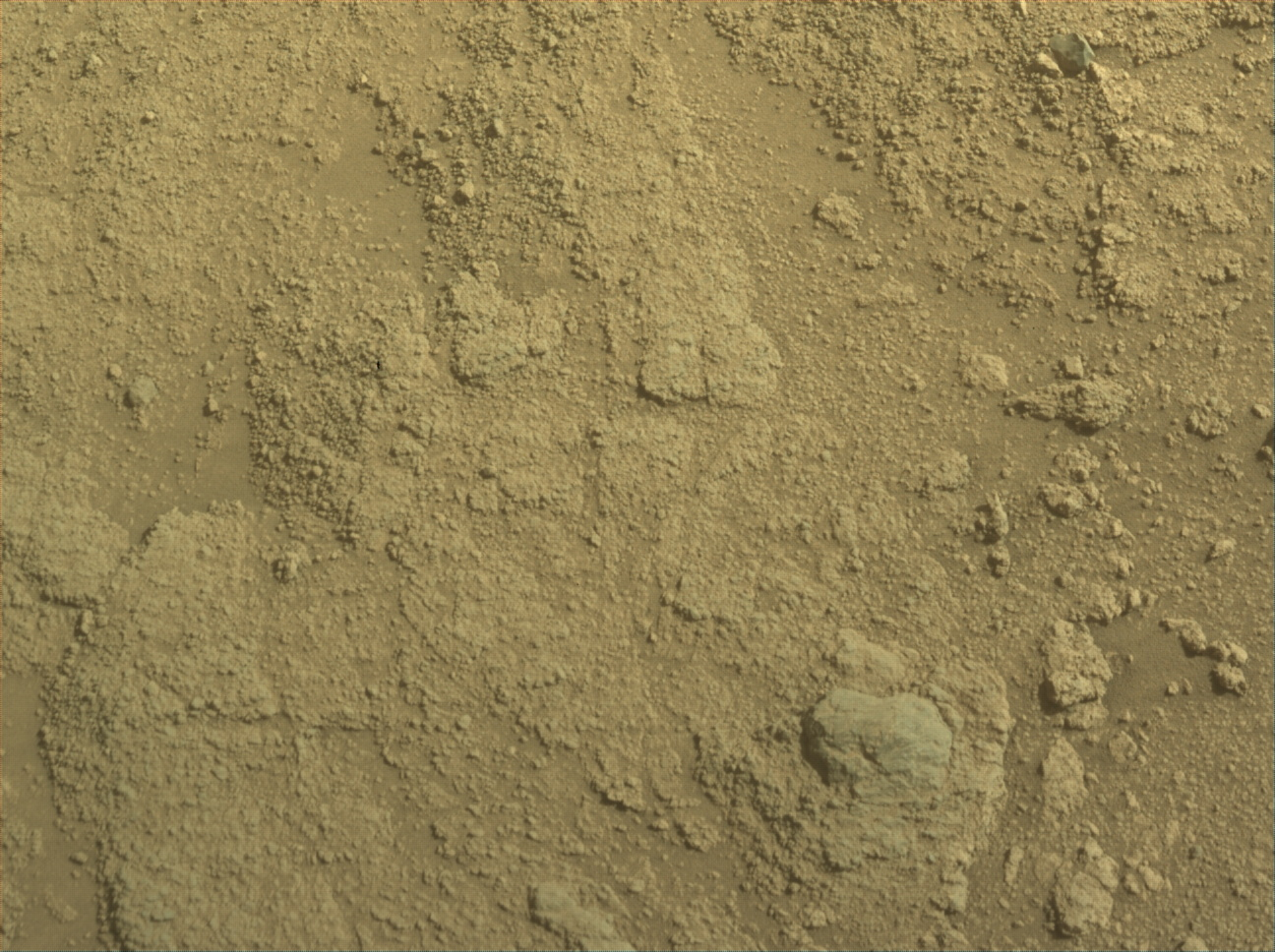
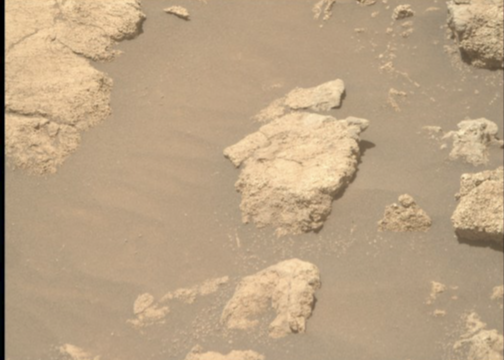

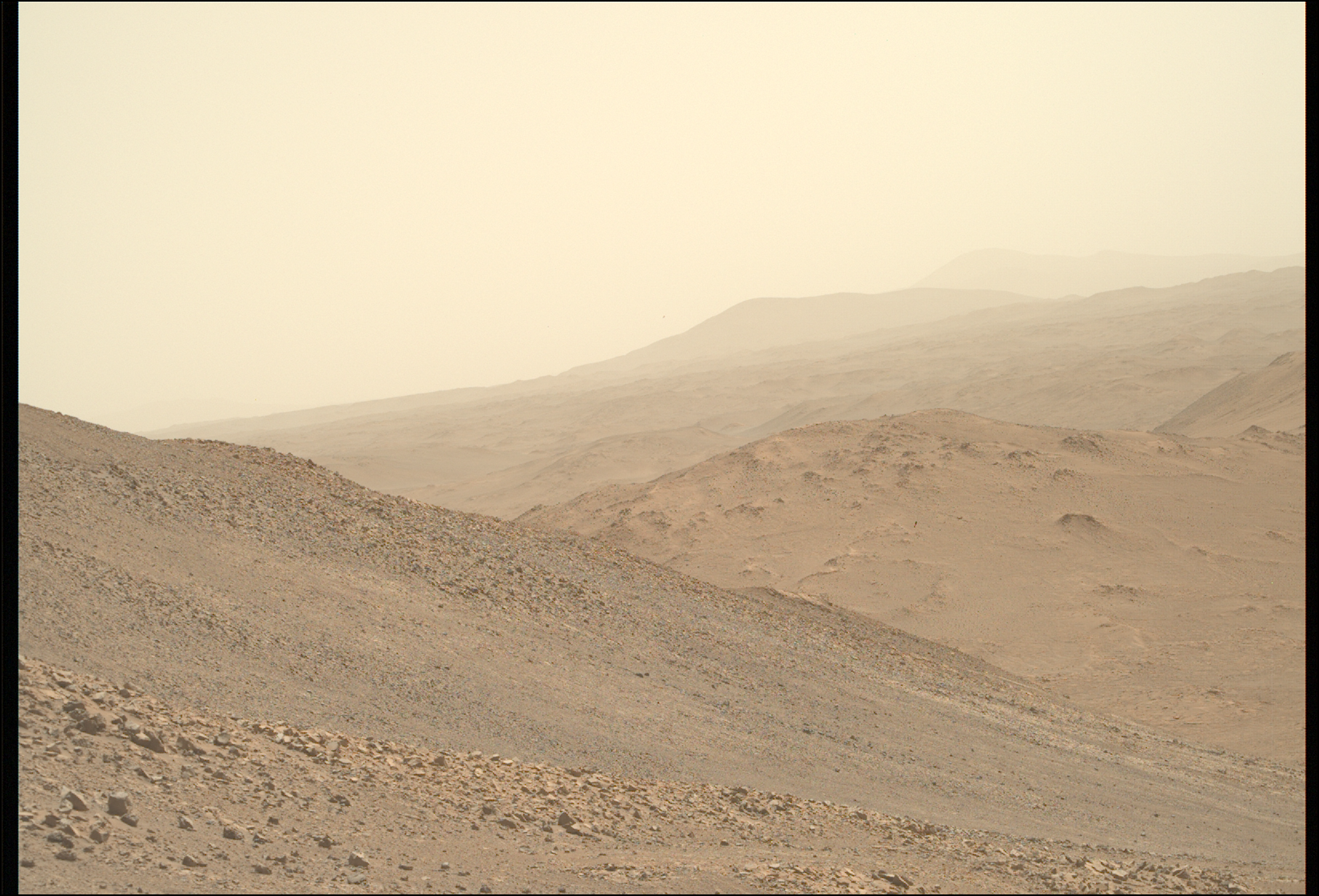
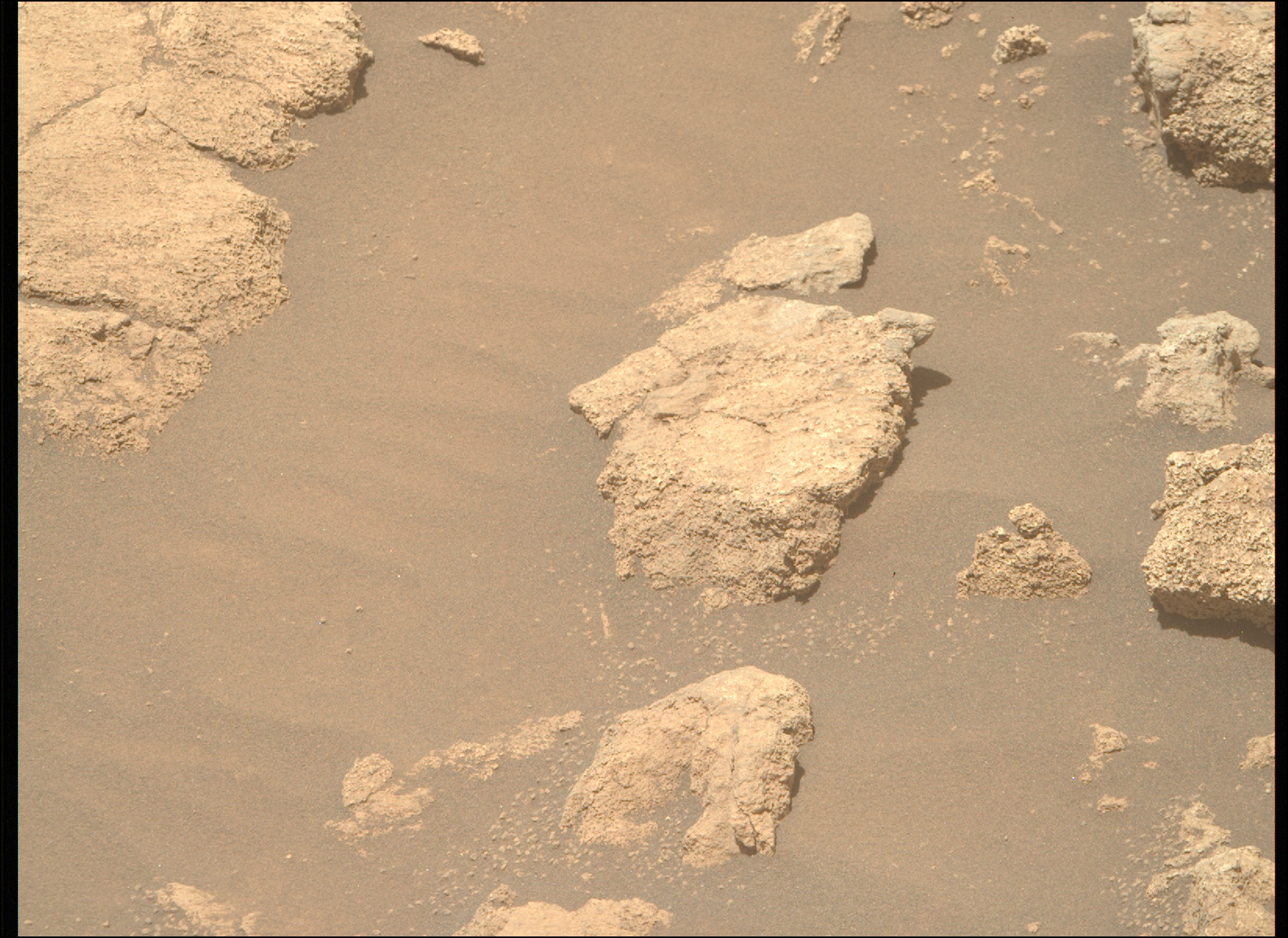
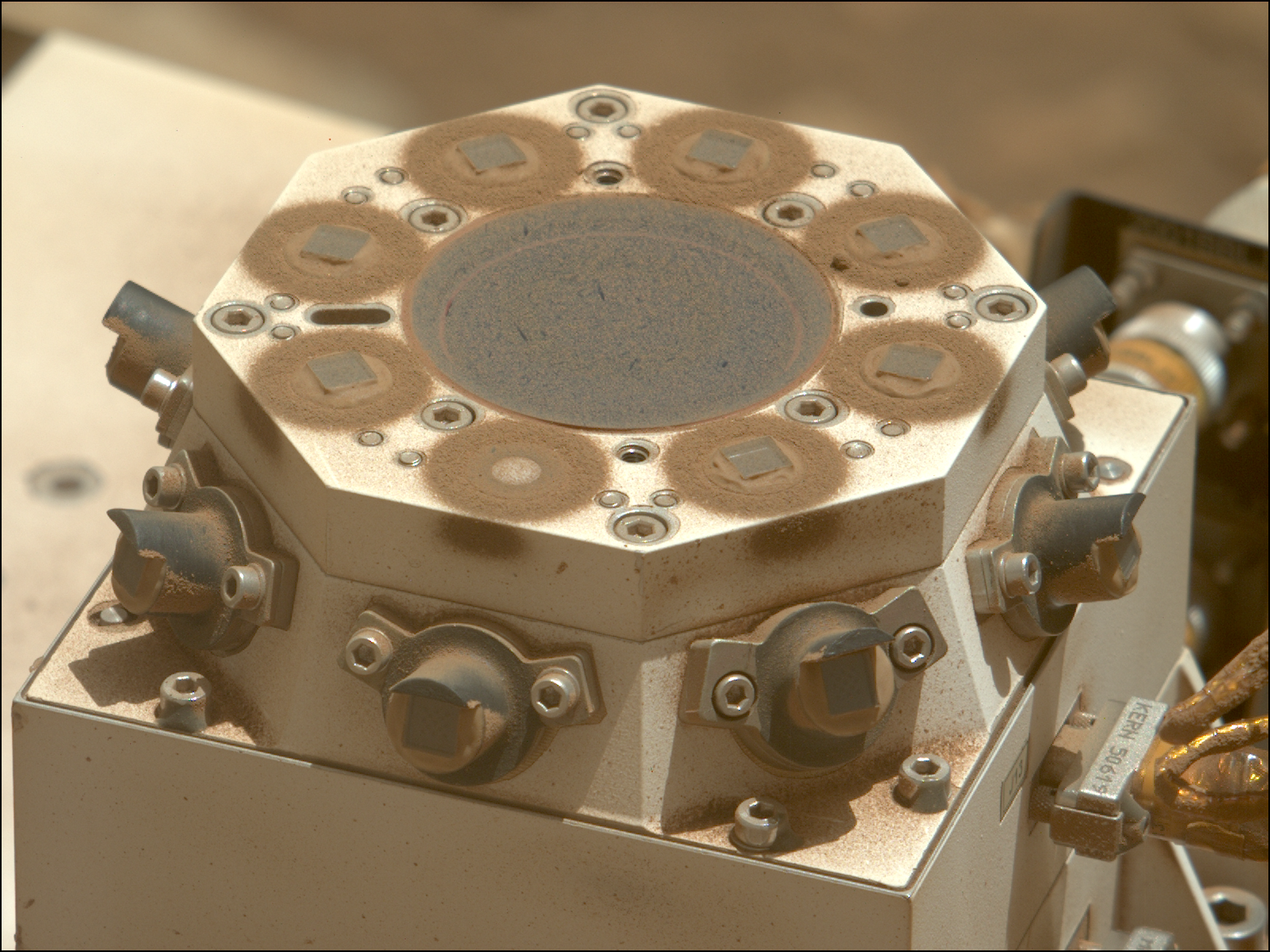
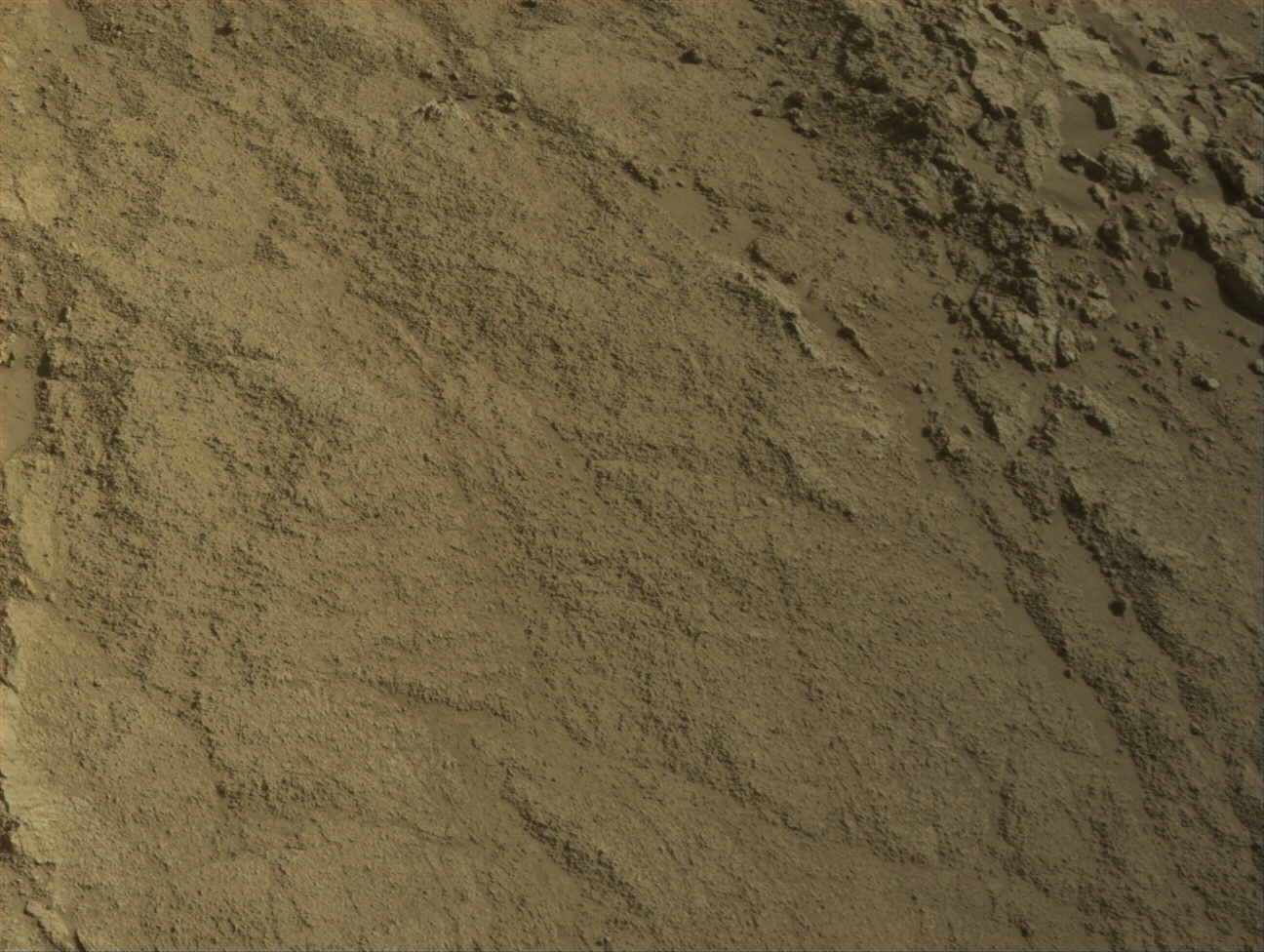
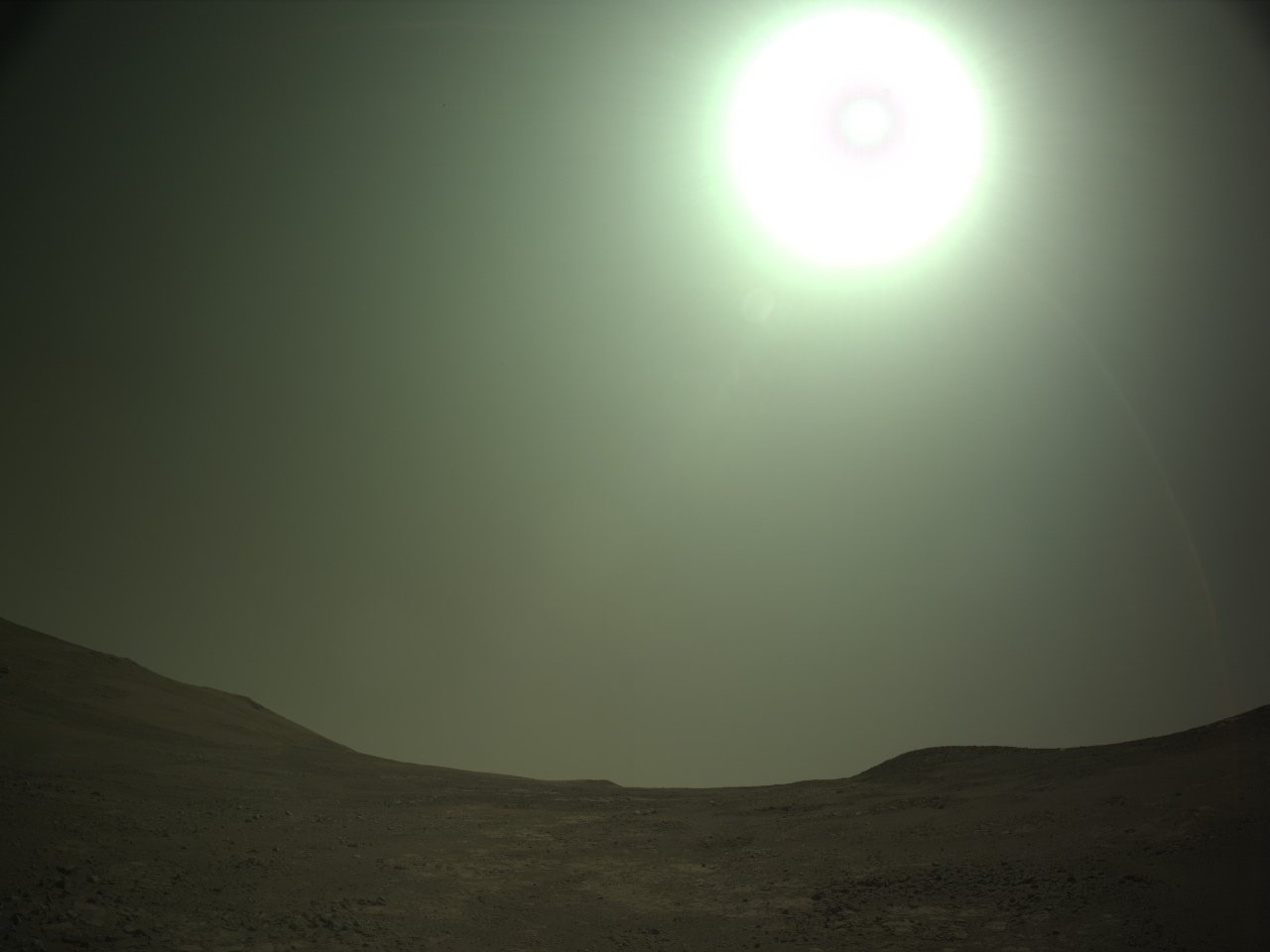


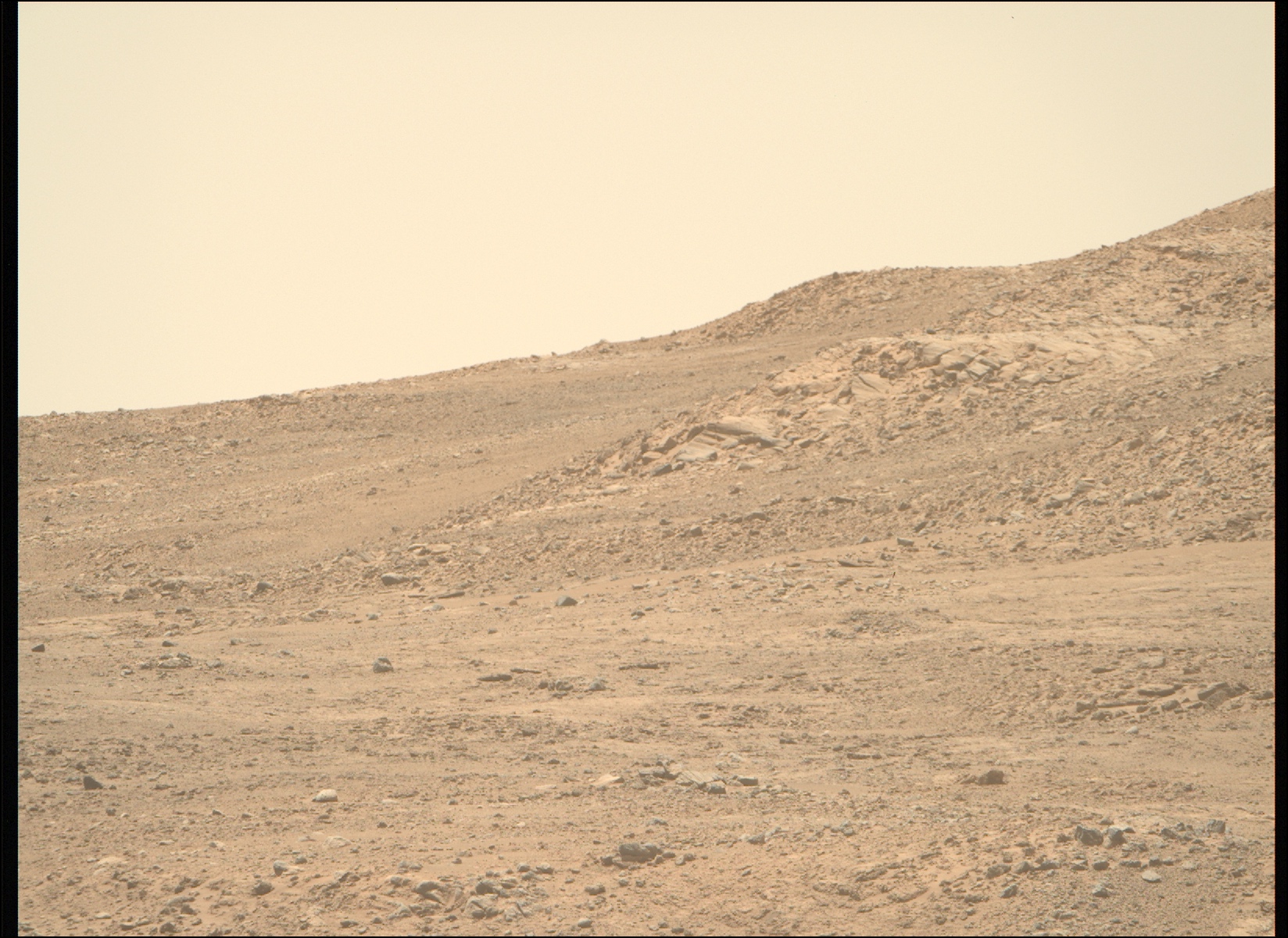 :
: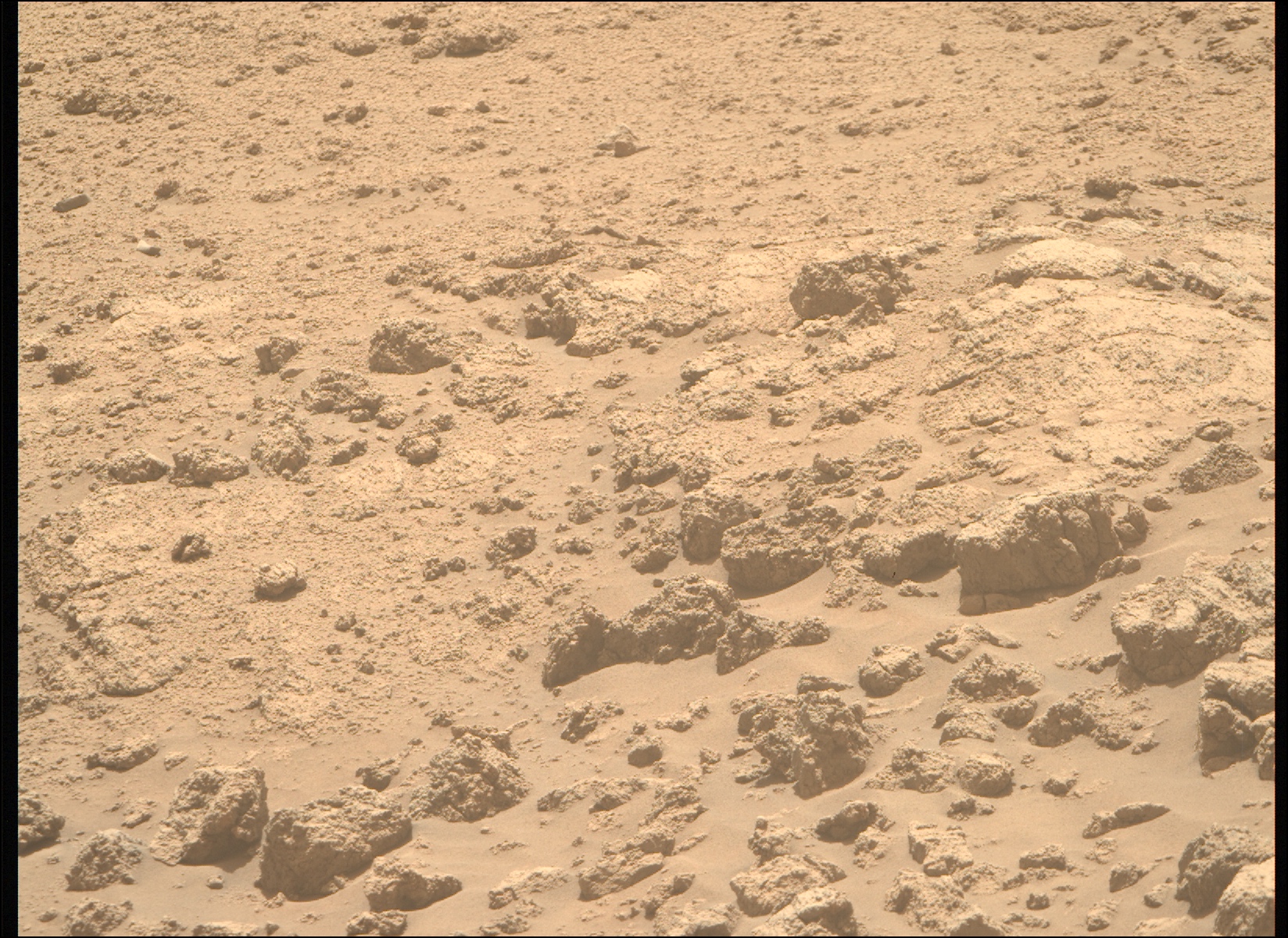
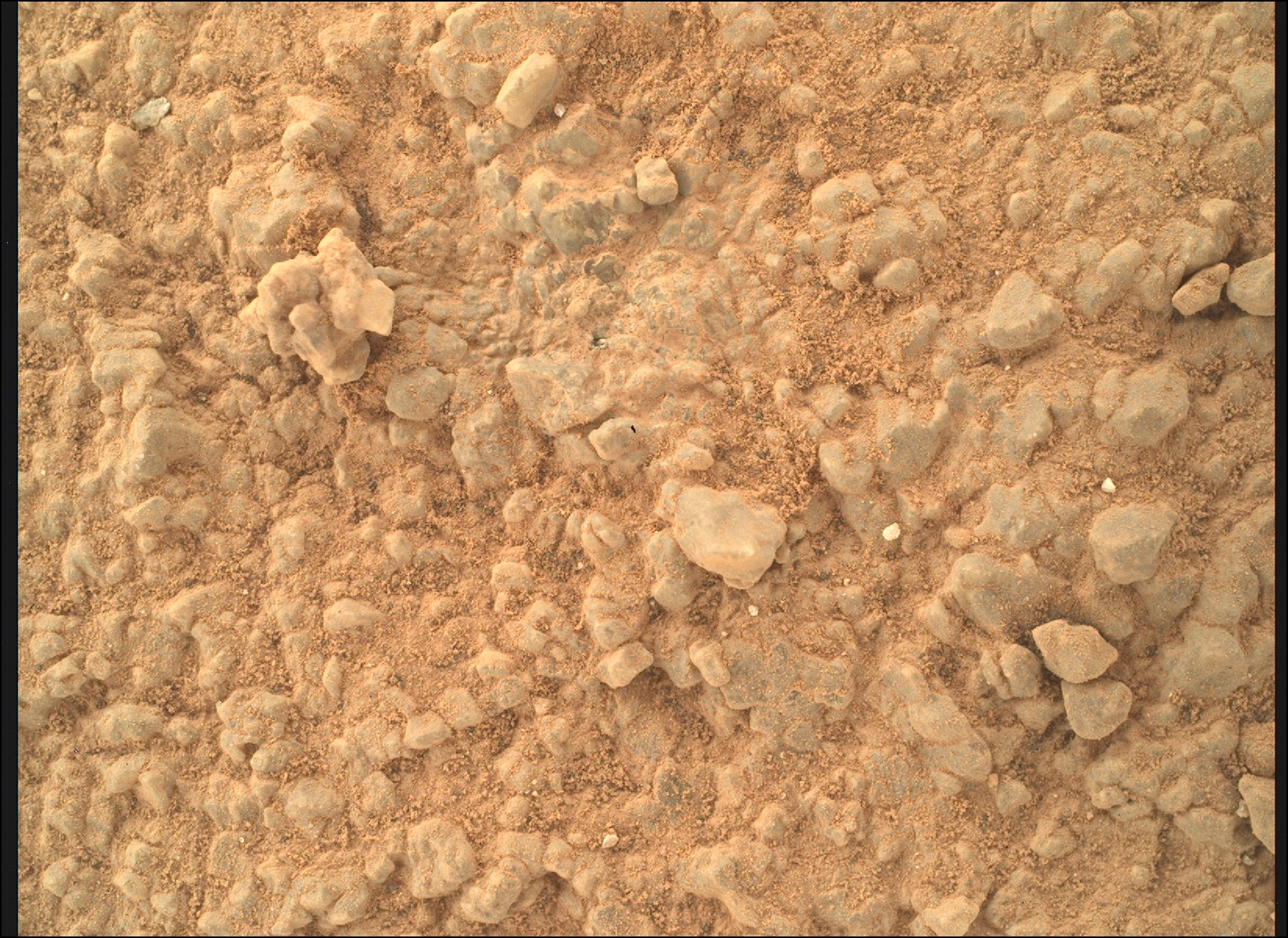
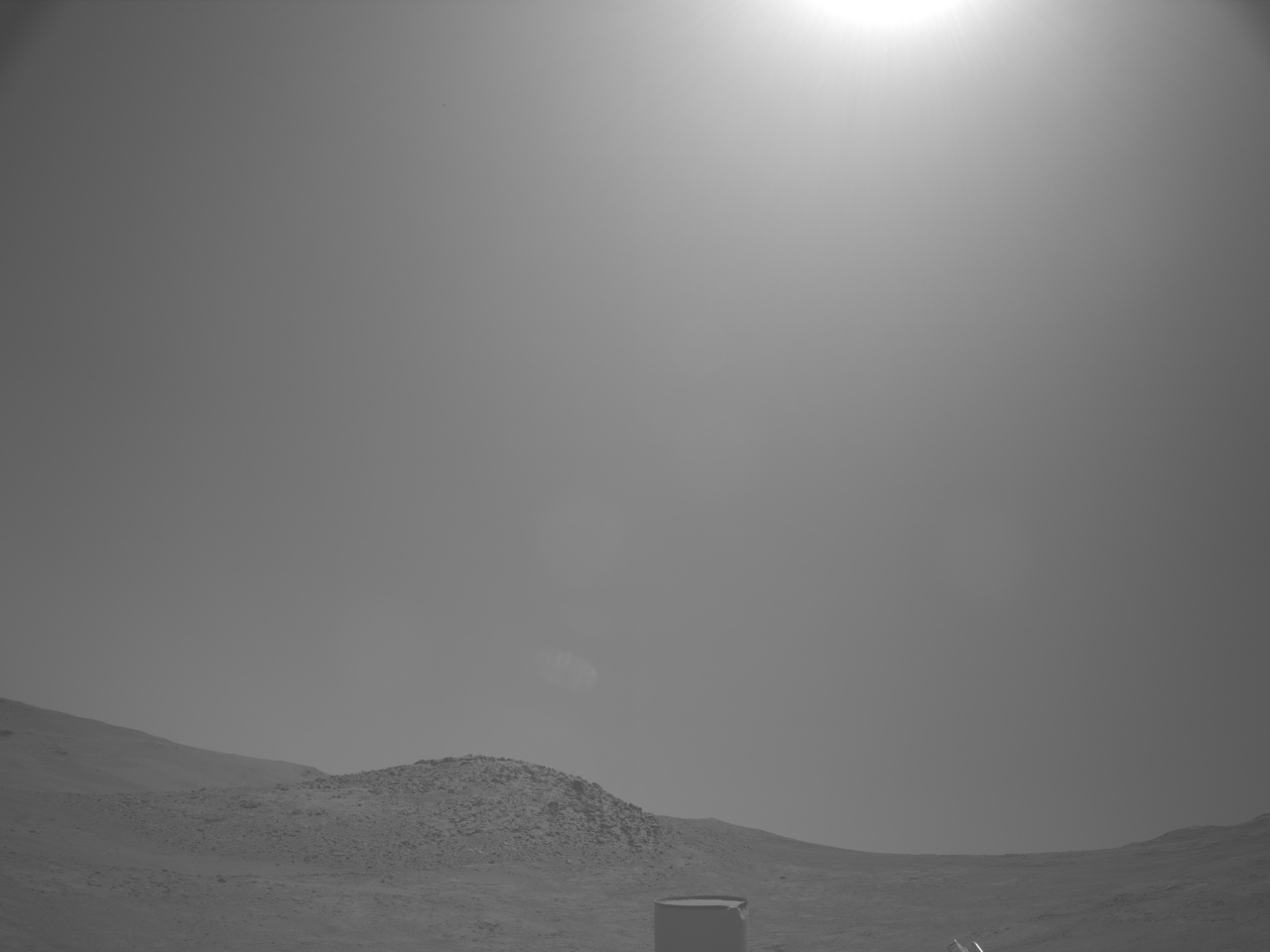
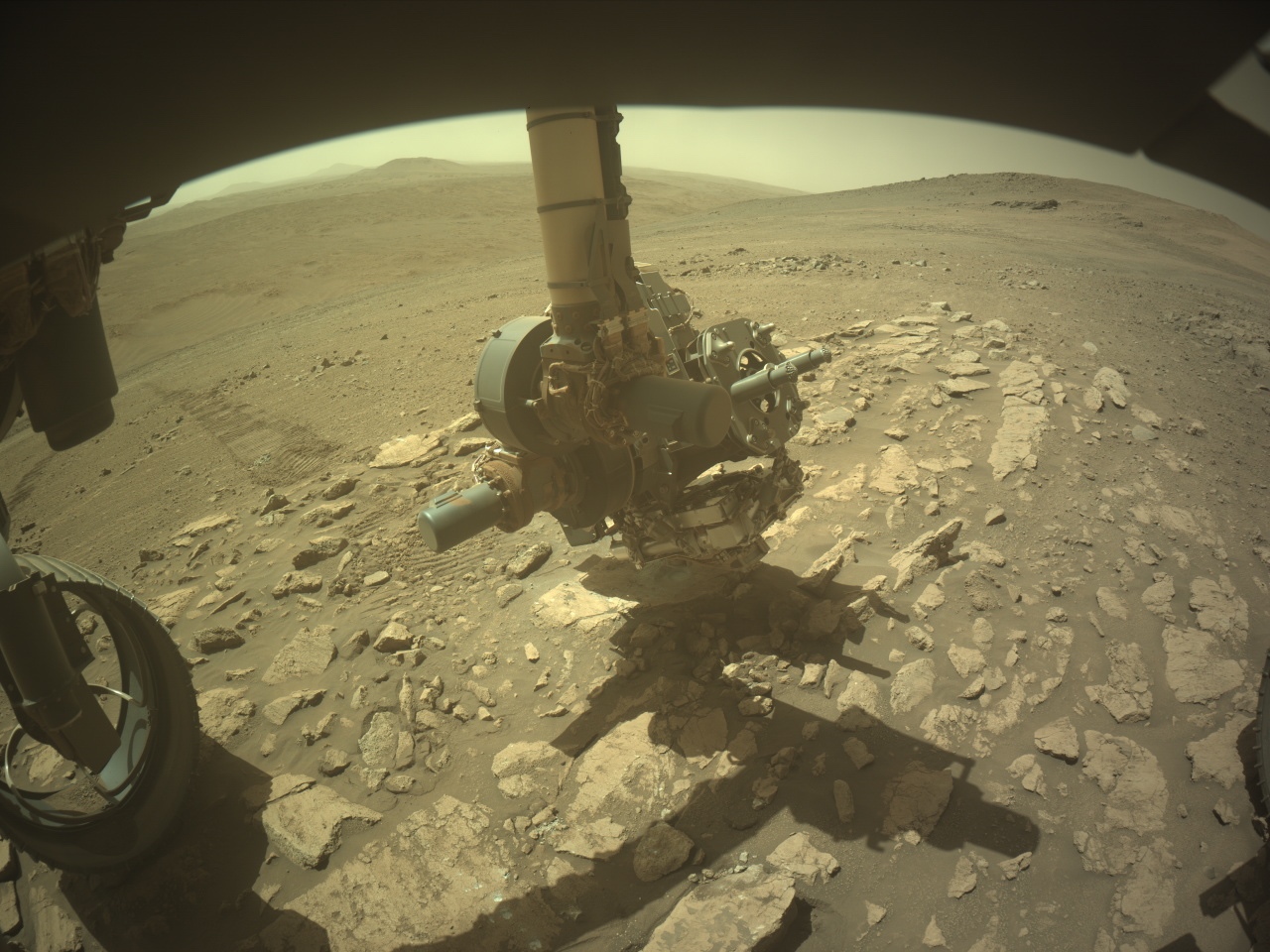
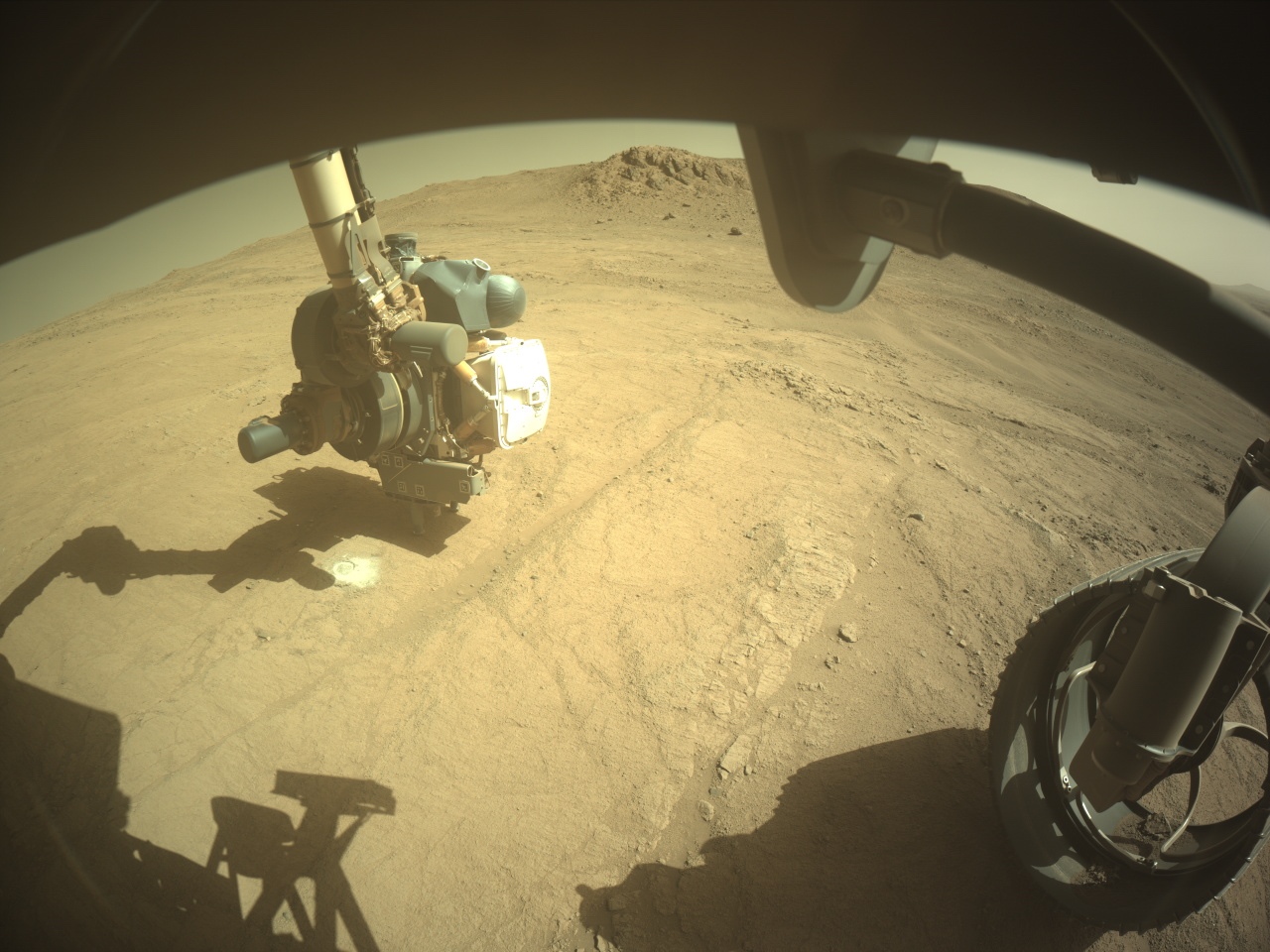
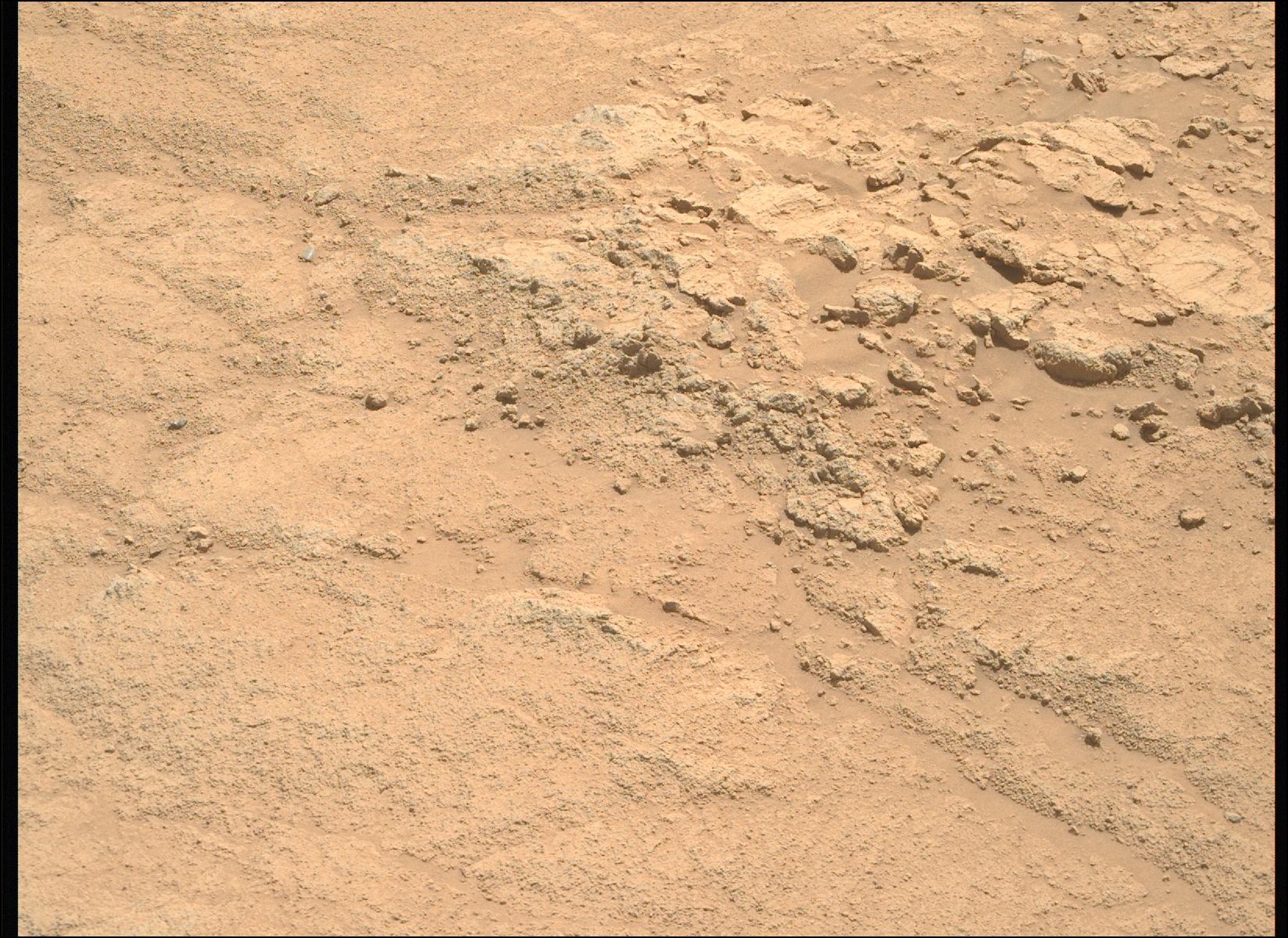
Conclusion
In conclusion, Mars colonization is a reality within reach, when supported by humanities' ingenious inventions. From the hydrogenated boron nitride nanotubes, to the MOXIE experiment on the Perseverance rover, these innovative inventions will pave a path to successfully colonizing the Red Planet.
Unfortunately, we still have to develop and experiment with these technologies, such as building a larger scale model of the MOXIE experiment for continuous oxygen supply. But as more and more creative and innovative people join the STEM field, the hope of colonizing and terraforming Mars grows stronger.
Many space agencies and governments have already planned missions to vist Mars, including NASA who plans on sending astronauts to the Red Planet by the 2030s and SpaceX, who has established a goal of a self-sustaining Martian city by 2050. Although visiting Mars may seem far from terraforming and establishing a city there, we must know more about our rusty red neighbour to inhabit its environment.
Therefore, to conclude my project, Mars colonization can be a reality with the help of innovative and smart inventions, like the hydrogenated BNNTs and the MOXIE experiment.
Citations
Citations in APA format:
Frazier, S. (2023, July 25). Real Martians: How to Protect Astronauts from Space Radiation on Mars - NASA. NASA.https://www.nasa.gov/science-research/heliophysics/real-martians-how-to-protect-astronauts-from-space-radiation-on-mars/
NASAinnovation. (2013, January 10). NASA | Boron Nitride Nanotube Development [Video]. YouTube. https://www.youtube.com/watch?v=r25RMceegKM
Hamilton, T. (2016, February 1). Boron nitride nanotubes are the next (really really tiny) big thing. Toronto Star. https://www.thestar.com/news/insight/boron-nitride-nanotubes-are-the-next-really-really-tiny-big-thing/article_6eadc338-1963-5c7a-b4c3-36e378de5bd4.html
NASA confirms evidence that liquid water flows on today’s Mars - NASA. (n.d.). NASA. https://www.nasa.gov/news-release/nasa-confirms-evidence-that-liquid-water-flows-on-todays-mars/
Jones, H. W. & NASA Ames Research Center. (2021). The partial gravity of the Moon and Mars appears insufficient to maintain human health. In 50th International Conference on Environmental Systems. https://ntrs.nasa.gov/api/citations/20210019591/downloads/ICES-2021-142.pdf
Mars Education | Developing the next generation of explorers. (n.d.). https://marsed.asu.edu/mep/ice#:~:text=More%20than%205%20million%20cubic,away%20in%20the%20deep%20subsurface.
McEwen, A. S., Schaefer, E. I., Dundas, C. M., Sutton, S. S., Tamppari, L. K., & Chojnacki, M. (2021). Mars: Abundant Recurring Slope Lineae (RSL) following the Planet‐Encircling Dust Event (PEDE) of 2018. Journal of Geophysical Research Planets, 126(4). https://doi.org/10.1029/2020je006575
Clarification of OSHA’s requirement for breathing air to have at least 19.5 percent oxygen content. | OSHA.gov | Occupational Safety and Health Administration. (2007, April 2). https://www.osha.gov/laws-regs/standardinterpretations/2007-04-02-0
Mars Education | Developing the next generation of explorers. (n.d.-b). https://marsed.asu.edu/mep/atmosphere#:~:text=Mars'%20atmosphere%20however%20is%2095,on%20Mars%20is%20extremely%20thin.
Wikipedia contributors. (2024, December 7). Atmosphere of Mars. Wikipedia. https://en.wikipedia.org/wiki/Atmosphere_of_Mars
NASA. (2023, November 17). Is there oxygen on Mars? we asked a NASA technologist: Episode 7 - NASA. https://www.nasa.gov/solar-system/is-there-oxygen-on-mars-we-asked-a-nasa-technologist-episode-7/
Hall, L. (2024, January 4). Detoxifying Mars: the biocatalytic elimination of omnipresent perchlorates - NASA. NASA. https://www.nasa.gov/general/detoxifying-mars/#:~:text=Fortunately%2C%20Mars%20has%20plenty%20of,health%20even%20at%20low%20concentrations.
Cermak, A. (2024, November 20). Mars: Facts - NASA Science. NASA Science. https://science.nasa.gov/mars/facts/
Mars.Nasa.Gov. (n.d.). Images from the Mars Perseverance Rover - NASA. https://mars.nasa.gov/mars2020/multimedia/raw-images/
I used OpenAI to define protons and neutrons.

